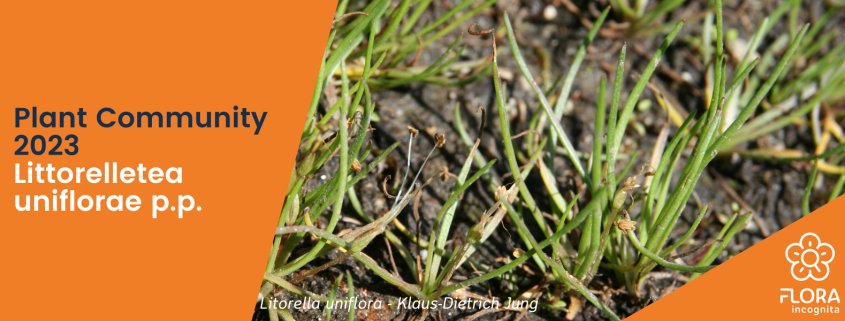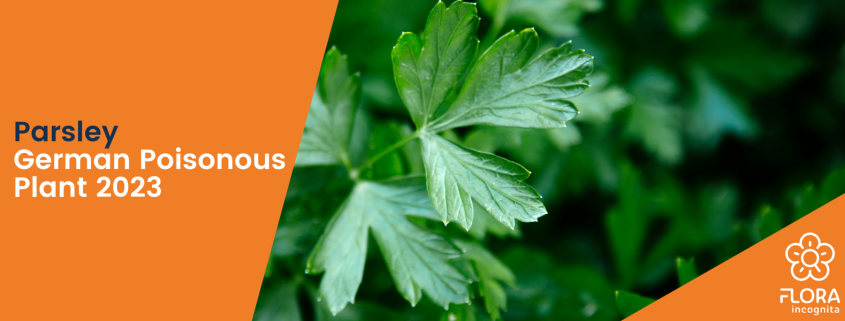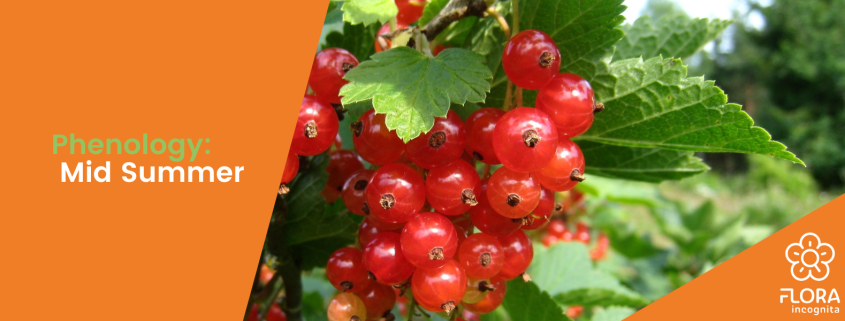German Plant Community 2023: Littorelletea uniflorae p.p.
Habitat of nutrient-poor shallow water
The Floristic-Sociological Working Group declared the highly threatened Littorelletea uniflorae p.p. as the German plant community 2023. They were formerly quite common in the vicinity of clear, shallow heathland pools on sandy and gravelly raw soils or peaty substrates – inconspicuous and well adapted to the special requirements of the amphibious habitat. Due to human interventions such as nutrient inputs and drainage, as well as the consequences of climate change, Littorelletea uniflorae p.p. is now highly endangered. Many of their habitats have already been lost or significantly reduced. Due to their rarity and need for protection, Littorelletea uniflorae p.p. has also been included in the Fauna-Flora-Habitat Directive of the European Union.
Composition
The plants live near the shore, in a narrow strip between reed beds and deeper water, completely submerged or periodically dry. Water level fluctuations support the development of Littorelletea uniflorae p.p. The plant community is named after the European shoreweed Littorella uniflora (also known as Plantago uniflora depending on taxonomy). It is accompanied by the even rarer delicate white-flowered water lobelia Lobelia dortmanna and the lake quillwort Isoëtes lacustris, which belongs to the quillwort family and is already extinct in parts of Germany (Bavaria and Baden-Württemberg). However, the plant community also includes more commonly found species such as bulbous rush Juncus bulbosus or marsh pennywort Hydrocotyle vulgaris.
Isoëtes
The dominant representatives of this group of plants are also classified as low-growing basic shoot plants (Isoëtes). They all share a strong and enduring basal rosette of narrow leaves with well-developed aerenchyma, which is air-conducting tissue. This adaptation to life in water allows the storage of air in the tissue, giving the leaves buoyancy. This growth form enables the plants to withstand seasonal, pronounced water level fluctuations: longer flooding in the winter months, but also enduring dry periods in late summer.
Finding Littorelletea uniflorae
Fluctuating water levels in very nutrient-poor stagnant waters are rare in Germany, and in combination with the inconspicuous appearance of most species, stumbling upon a population of Littorelletea uniflorae p.p. is highly unlikely. Interestingly, there are old reservoir structures in the heart of Germany where you can find them easily. In the Upper Harz region, in the Clausthal-Zellerfeld area, about 65 dams and water bodies were created between the 16th and 18th centuries. 35 of them are classified as reservoirs and are now operated with fluctuating water levels for nature conservation reasons, long after the end of their economic use. Here, extensive Littorelletea uniflorae p.p. can be found, as well as the equally rare dwarf rush communities with sea strapwort Corrigiola litoralis, Illecebrum verticillatum, or water mudwort Limosella aquatica. If you find Littorella uniflorae p.p., you can collect the badge for the plant community 2023!
For more information, visit the Floristic-Sociological Working Group website: https://www.tuexenia.de/en/events/plant-community-of-the-year/.
This article was featured in the Flora-Incognita app as a story in the summer of 2023. The app provides intriguing information about plants, ecology, species identification, as well as tips and tricks for plant identification. Why not take a look?



